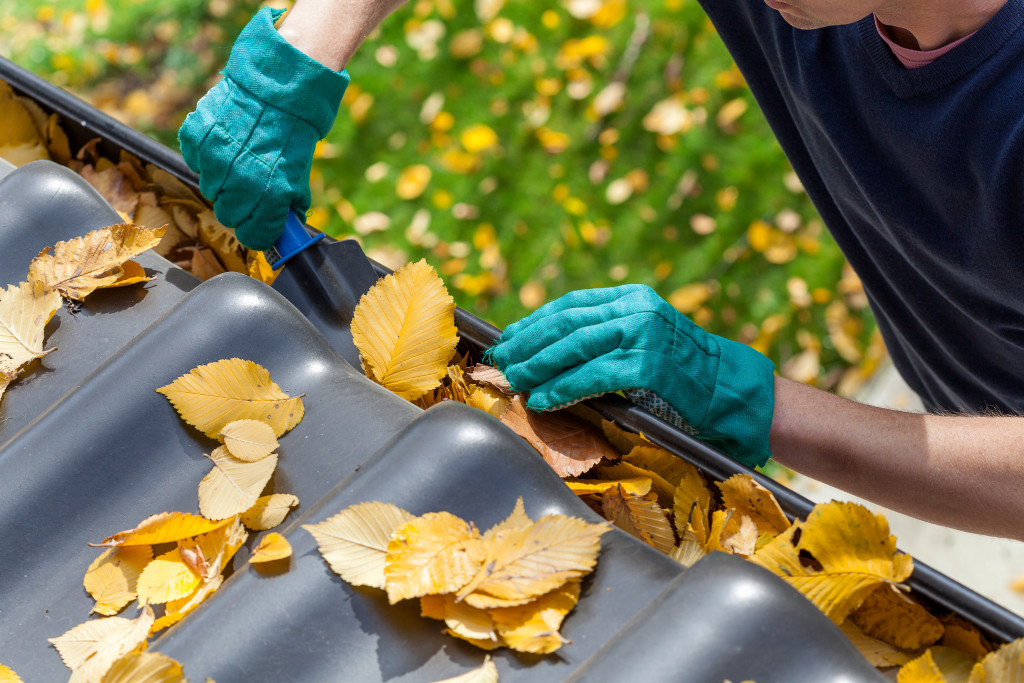The changing seasons are often considered to be a beautiful thing, and a lot of people take this into consideration when planning a move to somewhere new. But when weather conditions may vary greatly in a given location, there can be several unexpected effects which lead to property deterioration if not adequately addressed. Here are some common issues to look out for, and take appropriate action in each season.
Spring
Homeowners who’ve lived through a few springs will know that as a transition from winter to warm weather, this is the time when undetected problems can cause complications. As snow melts, water can get into the house through flooding; and wind damage can also amplify the problem by loosening shingles or sending moisture through poor sealing. Spring storms aren’t uncommon even in mild-weathered areas like Boise; garage doors that have been giving you trouble with the opening mechanism can end up letting in a lot of water. This is the season to be especially vigilant about leaks and damp areas; trace the source and make the necessary repairs before the weather turns bad. Ensuring adequate home drainage and grading in areas where flooding is common will help divert water away from the property.
Summer
You might associate summer with long and hot days, but water damage tends to be a common issue during this period. Many parts of the country can experience heavy rainfall in the summer, and this problem can be exacerbated by homeowners’ tendency to go on vacation and leave their property unattended for a couple of weeks or so. High indoor humidity, especially if circulation is poor, can lead to warping or buckling of hardwood floors. Proper HVAC maintenance will help keep homes cool and moisture levels regulated. Clearing out leaves and other debris from roof gutters also reduces the risk of water draining into the wrong parts of the home.
Fall

After the hot summer months, the advent of moderate autumn weather is a welcome change for many people, but it also signals various animals to start preparing for the coming winter. Human homes can be particularly attractive as a potential hibernation refuge; during these months, investigating any signs which indicate the presence of unwanted critters, such as unusual smells or noises, can prevent a possible vermin infestation. Along with checking for pests, going through a fire safety inspection routine is a good idea – the summer conditions often lead to dry homes and an increased fire risk.
Winter
The conditions during winter months may vary widely depending on location, but in general, this is the season where homes must withstand the most exposure to harsh conditions. The buildup of snow, ice, and fallen branches adds weight to homes and damage roofs, paint, and other exterior elements. Pipes may also freeze and burst if not insulated, especially if occupants go on vacation without leaving the water running. Trimming trees near the property is essential to prevent roof damage, while removing icicles with a long-handled rake or similar implement goes hand-in-hand with clearing out the snow from the driveway in the morning. Beyond that, homeowners would be wise to brush up on ways to winterize their property before going on an extended winter trip.
Each season presents its unique challenges to property owners; by preparing for these issues, and making sure to fix any problems created by the weather of the last few months, you can enjoy the variety of the seasons without dreading unexpected damage to the home.


